Wildlife
We are very fortunate to have some amazing wildlife living in and visiting our beautiful park. Why don’t you come along with your binoculars or camera and you may be lucky enough to see our resident little egret feeding in the stream or the striking blue flash of a kingfisher.
During a ‘Bird Walk’ in April 2025 led by Ian Jackson of the RSPB, over twenty species of birds were identified by the ‘Merlin’ app. Separately during March 2025, over 30 different species of birds were recorded in the park, including the rarely heard Firecrest :
| Blackbird | Goldfinch | Moorhen |
| Black cap | Great tit | Nuthatch |
| Blue tit | Green woodpecker | Ring necked parakeet |
| Carrion crow | Greenfinch | Robin |
| Chiffchaff | Grey wagtail | Rook |
| Coal tit | Jay | Song thrush |
| Collared dove | Little white egret | Stock dove |
| Dunnock | Long tailed tit | Tawny owl |
| Firecrest | Magpie | Wood pigeon |
| Goldcrest | Mallard | Wren |
There are other varieties of birds enjoying the varied habitats in the park including the grey heron, greater spotted woodpecker and moorhen.
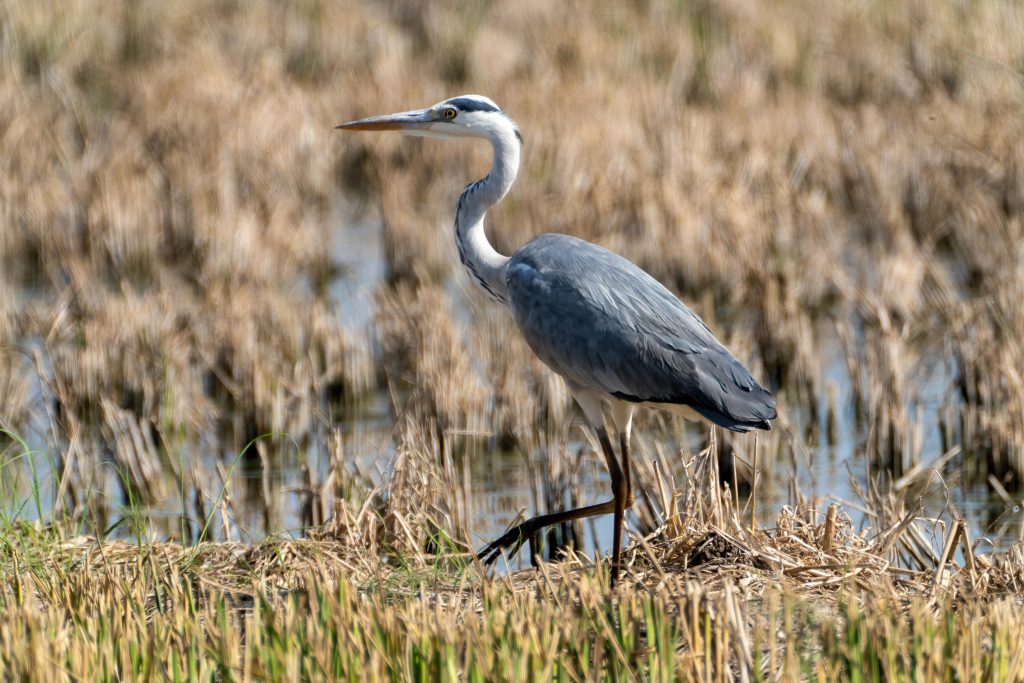
Grey Heron
UK Conservation Status: GREEN
Grey herons are unmistakeable: tall, with long legs, a long beak and grey, black and white feathering. They can stand with their neck stretched out, looking for food, or hunched down with their neck bent over their chest. Grey herons can be seen around any kind of water – garden ponds, lakes, rivers and even on estuaries. They eat lots of fish, but also small birds such as ducklings, small mammals like voles and amphibians. Grey Herons can be seen at any time of the year in the UK and do not migrate
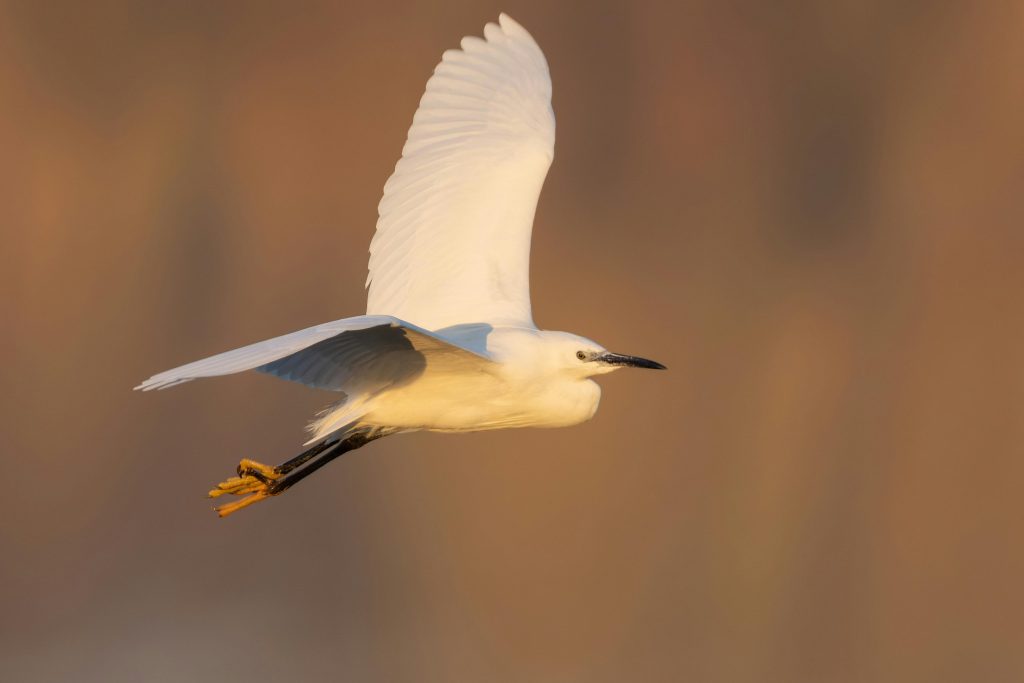
Little Egret
UK Conservation Status: GREEN
The little egret is a small white heron with attractive white plumes on crest, back and chest, black legs and bill and yellow feet. They eat fish and you can see little egrets all year round, although numbers increase in autumn and winter as birds arrive from the continent. They are a recent colonist, and most common along the south and east coasts of England and in Wales but they are an increasingly common sight in inland areas.
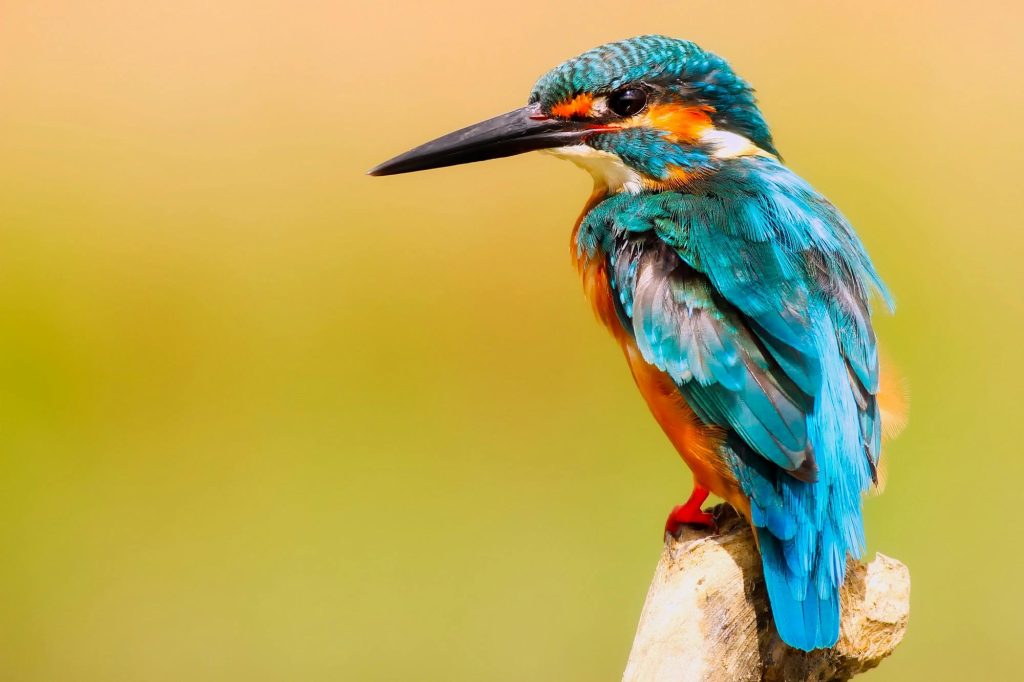
Kingfisher
UK Conservation Status: GREEN
Kingfishers are small unmistakable bright blue and orange birds of slow moving or still water. They fly rapidly, low over water, and hunt fish and aquatic insects from riverside perches, occasionally hovering above the water’s surface. Kingfishers are widespread and can be seen all year round, especially in central and southern England. They are vulnerable to hard winters and habitat degradation through pollution or unsympathetic management of watercourses.
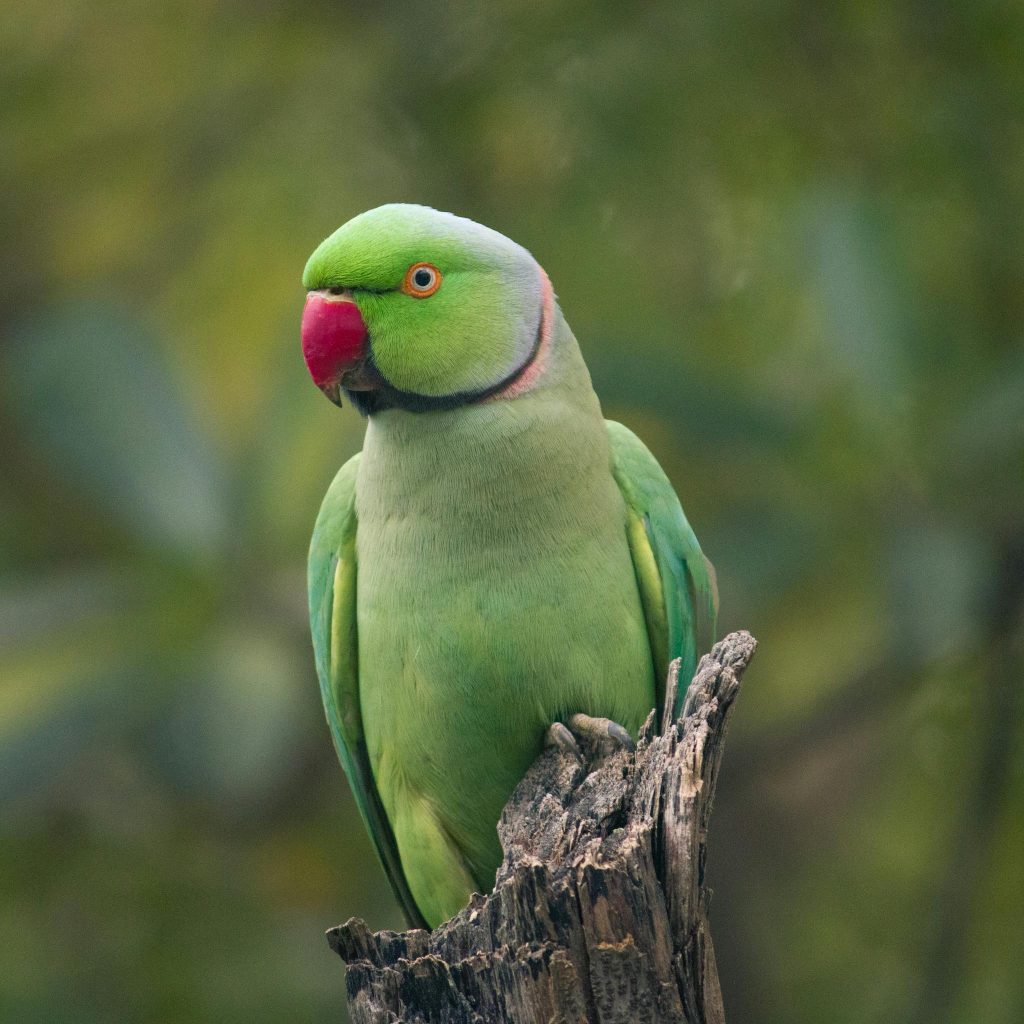
Ring-Necked Parakeet
UK Conservation Status: INTRODUCED
The UK’s only naturalised parrot – it is large, long-tailed and green with a red beak and a pink and black ring around its face and neck. In flight it has pointed wings, a long tail and very steady, direct flight. Often found in flocks, numbering hundreds at a roost site, it can be very noisy. They feed on fruit, berries, nuts and seeds. Ring-necked parakeets are found mainly in south-east England and can be seen all year round.
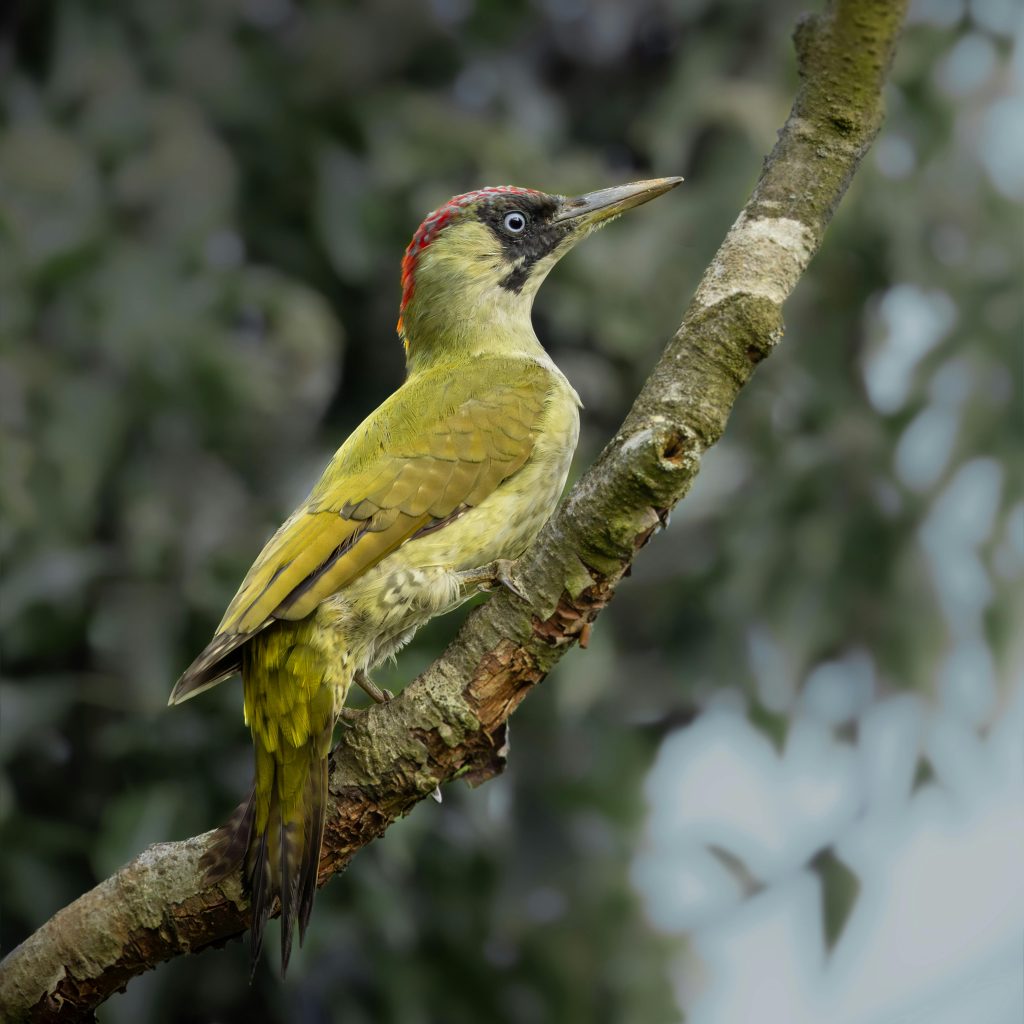
Green Woodpecker
UK Conservation Status: GREEN
The green woodpecker is the largest of the three woodpeckers that breed in Britain. It has a heavy-looking body, short tail and a strong, long bill. It is green on its upperparts with a paler belly, bright yellow rump and red on the top of its head. The black ‘moustache’ has a red centre in males. They have an undulating flight and a loud, laughing call. Green woodpeckers spend most of their time feeding on the ground. Like other woodpeckers, these birds breed in holes they peck in dead wood. They can be seen all year round in England, Wales and Scotland.
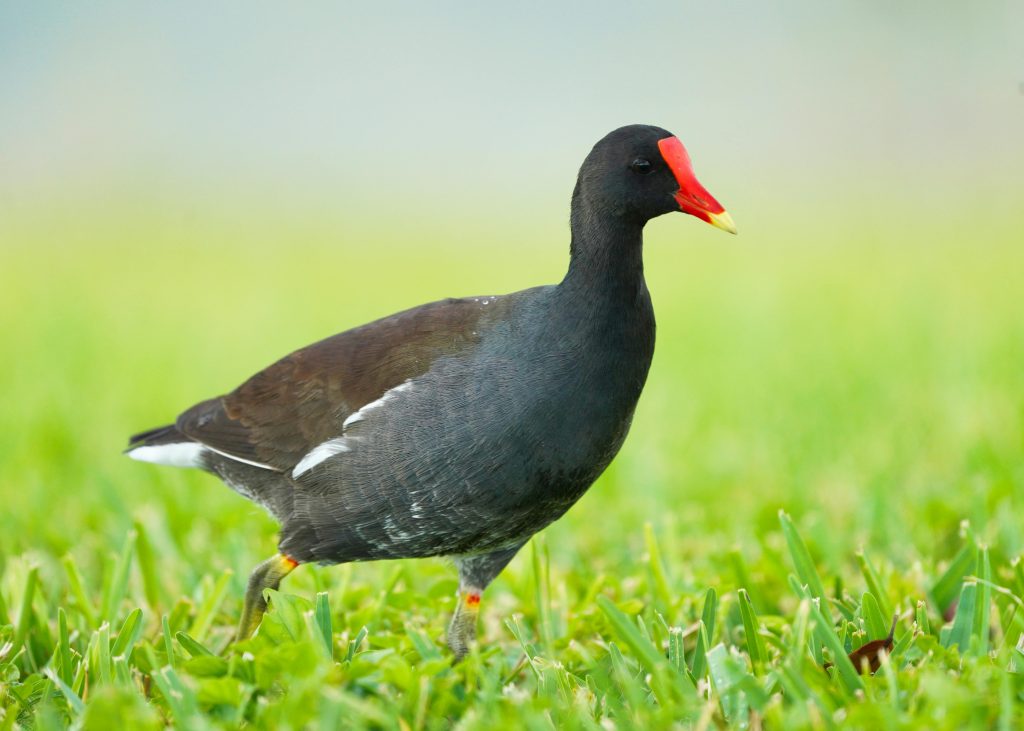
Moorhen
UK conservation status: AMBER
Moorhens are blackish with a red and yellow beak and long, green legs. Seen closer-up, they have a dark brown back and wings and a more bluish-black belly, with white stripes on the flanks. You can see moorhens around any pond, lake, stream or river, or even ditches in farmland. Moorhens can live in cities as well as the countryside. In the UK they breed in in lowland areas, especially in central and eastern England. They can be seen all year round.
In addition to these lovely birds we also have foxes, deer, badgers, bats and many more wonderful types of wildlife just waiting to be discovered. You may need to come out in the dark to see some of them of course!
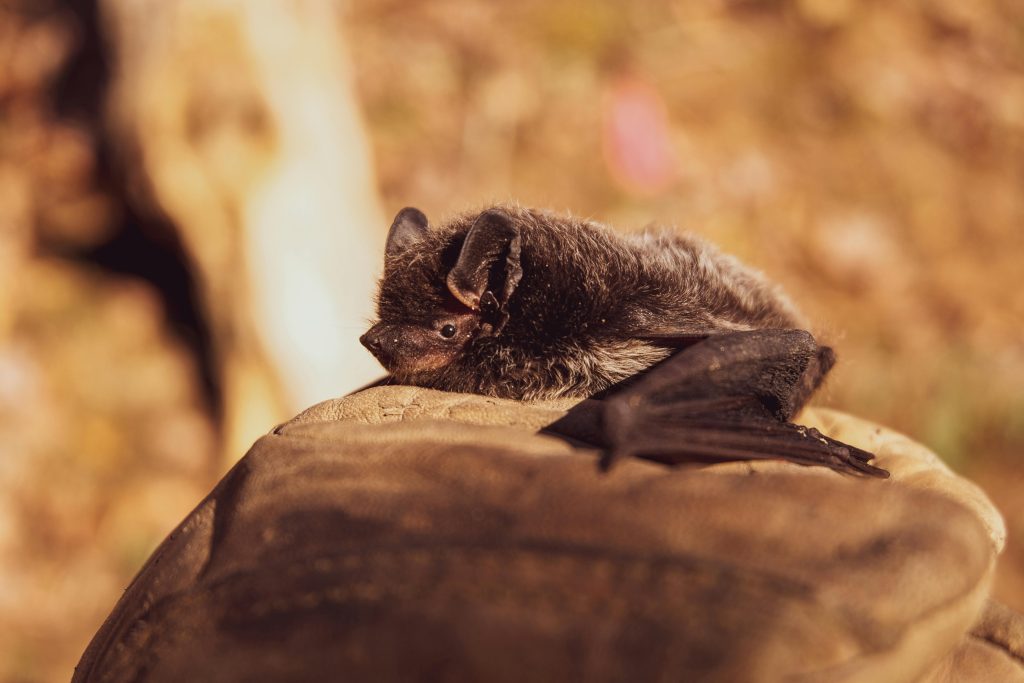
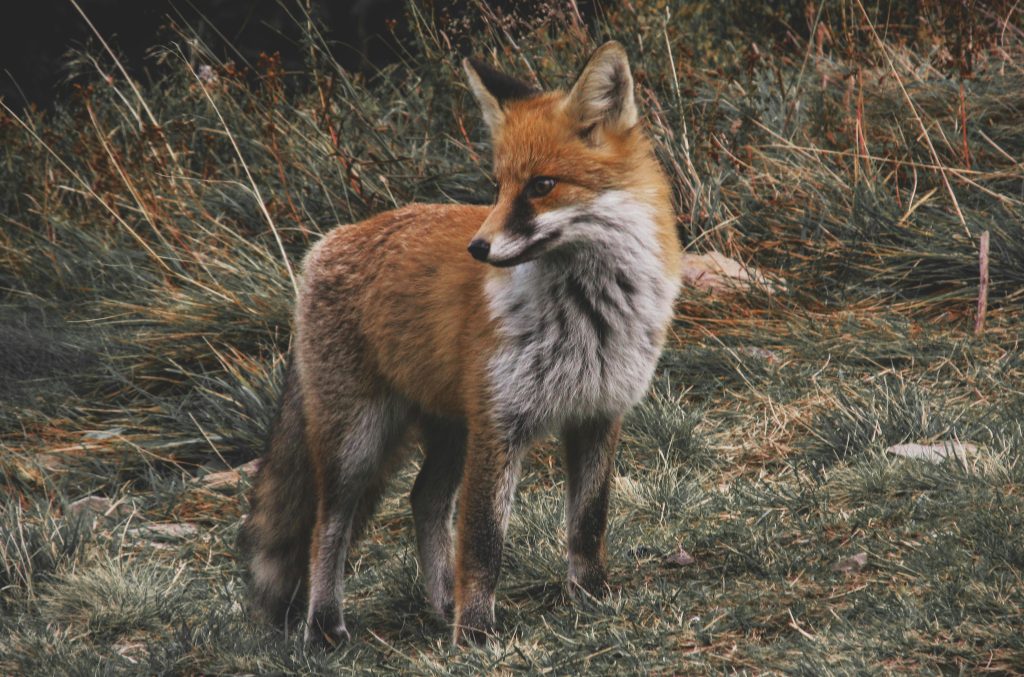
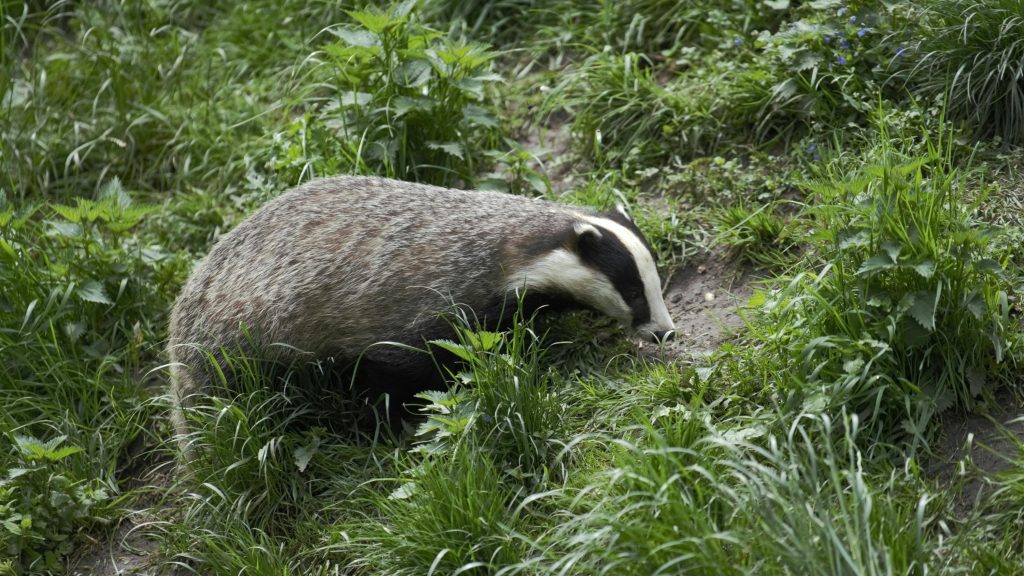
Badger
